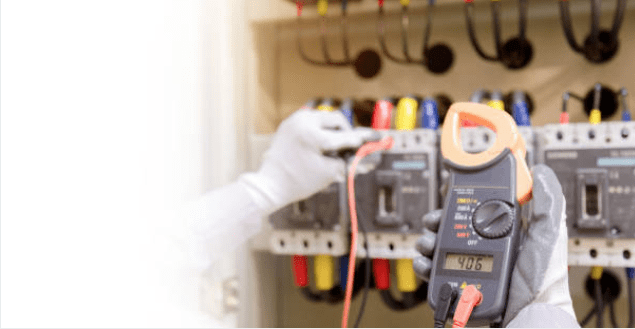Hey there, humidity aficionados and dehumidifier enthusiasts! Ready to unravel the mystery behind the oh-so-important act of checking room voltage before you install that fabulous dehumidifier? Buckle up, because we’re about to spill the beans on why this little step is the secret sauce for a perfect setup.
How to Check Voltage Before Installing a Dehumidifier

What’s the deal with room voltage, you ask? Well, do you want your dehumidifier to purr like a contented kitten or clunk around like a caffeinated kangaroo? Ever thought about the harmony between ‘voltage’ and ‘victory’? And here’s the granddaddy of them all – do you want your customers to dance with joy or throw a tantrum when they fire up their new humidifier?
But hold on, let’s step back from the dance floor and tackle the practical side of things. How do you even measure voltage? Fear not, fellow humidity heroes, it’s simpler than untangling earphones. Just follow these steps:
Steps to Measure Voltage:
1. Safety First: Before anything else, ensure safety. Turn off the power to the room you’re working in.
2. Gather Equipment: Get yourself a reliable multimeter. It’s like a dehumidifier’s sidekick in the voltage world.

3. Set the Multimeter: Set the multimeter to the voltage measurement range you expect (usually AC voltage).
4. Probe the Outlets: Carefully insert the multimeter’s probes into the outlet slots – the long one in the ‘hot’ slot and the short one in the ‘neutral’ slot.

5. Read the Display: Power on the circuit and read the voltage displayed on the multimeter. Make sure it’s within the dehumidifier’s required range.

6. Repeat for Accuracy: For more accuracy, check multiple outlets in the room and average out the readings.
And there you have it – a quick and easy voltage check that’ll ensure your dehumidifier experience is more symphony than cacophony. Now you’re armed with the know-how to ensure your dehumidifier purrs its way to victory.
Can Low Voltage Damage Your Dehumidifier?

Picture this: your dehumidifier is a skilled acrobat, ready to take on humidity like a pro. But what if the trampoline isn’t bouncy enough? Low voltage is like a flimsy trampoline – it can lead to lackluster performance, constant trips, and even early retirement for your dehumidifier. Keep the voltage high enough, so your dehumidifier can soar without a stumble.
Professional description:
If the power supply voltage is too low, the working current of the dehumidifier will increase (the power will not change, but the current will increase), which will quickly burn the dehumidifier.
So in daily use, please provide a stable power supply for the dehumidifier. – The same applies to household and industrial appliances.
Can High Voltage Damage Your Dehumidifier?

Voltage that’s through the roof might sound like a party, but not for your dehumidifier. It’s like asking a squirrel to race a Formula 1 car. High voltage can rev up your dehumidifier to the point of meltdown. We’re talking sparks flying and a farewell symphony. Keep the voltage at a sweet spot to ensure your dehumidifier’s longevity.
Professional description:
If the power supply voltage is too high, it will increase the working current of the dehumidifier and burn the dehumidifier instantly.
Conclusion:
So there you have it, dear humidity enthusiasts and industry champions! You’ve peeked behind the voltage curtain and uncovered the magic that makes your dehumidifiers dance to the perfect tune. Remember, while we’ve demystified the voltage check, it’s crucial to emphasize that tinkering with electricity is no walk in the park. When it comes to voltage measurements and electrical adjustments, always rope in a professional electrician. Your dehumidifier deserves the expert touch, and your safety is paramount.
As you embark on your dehumidifier installation journey, armed with the knowledge of voltage’s crucial role, never forget the golden rule – safety first, and dance second. So, go ahead, create rooms where humidity cowers in fear, and your clients rejoice in the symphony of optimal dehumidification.
Stay safe, stay savvy, and let’s keep making humidity history together!





